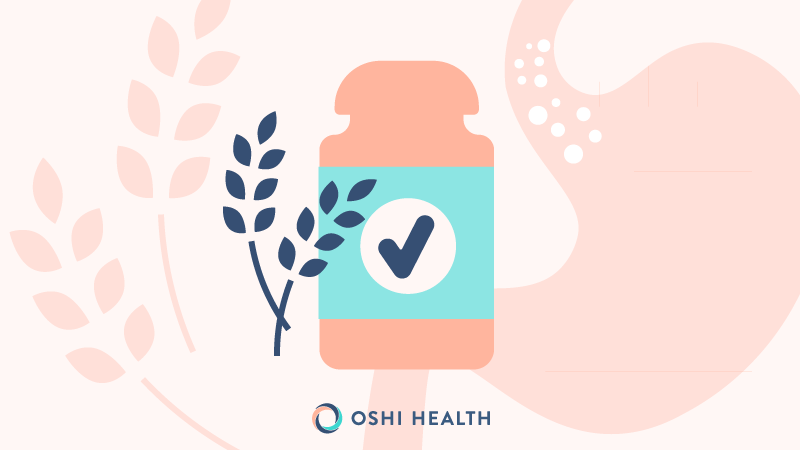
Understanding fiber
“Eat food. Not too much. Mostly plants,” author Michael Pollan famously said in his book, In Defense of Food. One reason to eat plant foods? Fiber.
Fiber is a term used to describe carbohydrates from plant foods (such as fruits, vegetables, grains, nuts, seeds and legumes) that is not digested or used for energy.
There are two types of fiber: soluble and insoluble.
- Soluble fiber dissolves in water, forming a gel-like substance. It’s found in the flesh of certain fruits and vegetables, and in some grains and legumes, like oats and lentils.
- Insoluble fiber doesn’t dissolve in water, traveling through the digestive tract relatively intact. It’s found in the skins and seeds of fruits and vegetables, and in the outer layer of grains.
Benefits of fiber — and why you probably need more
Fiber is an essential part of a healthy diet that comes with a host of health benefits, from lowering cholesterol levels to controlling blood sugar. When it comes to our digestive health, fiber helps regulate the GI tract, boosts healthy bacteria in the gut, and can offer significant relief from GI symptoms.
Soluble fiber, in particular, can help to normalize bowel movements – reducing both diarrhea and constipation.
When soluble fiber absorbs water in your GI tract, it forms a gel-like substance, which slows down transit and bulks up stools – helping to prevent urgency and loose bowel movements. The absorption of water can also aid in constipation by allowing for softer, easier to pass bowel movements. In addition, when there is more bulk to the stool, bowel movements are more complete.
Yet despite the benefits, most people don’t consume nearly enough fiber, which may contribute to gastrointestinal distress and illness. In fact, more than 90 percent of women and 97 percent of men don’t get the recommended daily amount of dietary fiber, according to the U.S. Department of Agriculture.1
Soluble fiber therapy for digestive relief
Experts recommend that the average adult woman should intake about 26 grams of fiber per day, while the average adult man should aim for about 30 grams.1
Adding a soluble fiber supplement – also known as soluble fiber therapy – can help you achieve these daily fiber goals. And, perhaps most important for GI symptom relief, it offers specific benefits that are sometimes difficult to obtain through diet alone.
Soluble fiber therapy increases water absorption to help with stool consistency, keeping it soft, formed, and regular.
When starting soluble fiber supplementation, increase the amount slowly to allow your digestive system to adjust. By adding fiber slowly, you will also reduce the likelihood of experiencing uncomfortable symptoms such as gas and bloating. Additionally, be sure to drink plenty of water when taking a fiber supplement.
Because each soluble fiber regimen is a little different, it’s important to let your Oshi Health care team know if you’ve tried one in the past, and what you’ve experienced. That way, they can tailor their recommendations accordingly to find the solution that works best for you.
The Oshi Health approach
Your Oshi Health care team will determine your specific soluble fiber therapy needs to help you gain symptom control. During your visit, your provider will assess your current dietary intake and discuss your diet- and symptom-related goals to create a personalized care plan to improve your digestive health.
